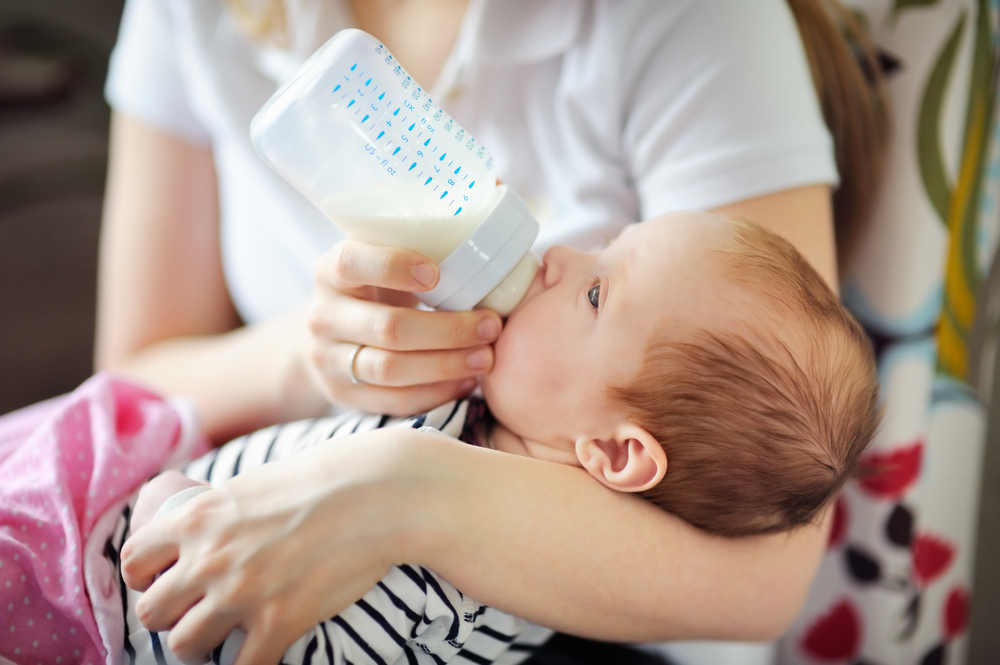Many new parents are surprised to learn that bottle nipples aren't one size fits all. Indeed, there are multiple nipple "levels" that correlate with your baby's age and desired milk flow. Knowing when to size up or size down can be a bit confusing, so we compiled this guide to understanding baby bottle nipple levels.

What are Nipple Levels?
Manufacturers categorize nipple levels by a baby's age; you can usually find this information on the product packaging. Here's a general breakdown, though the exact levels might vary between brands.
Level 0: Preemie
Level 1: Newborn (0-3 months)
Level 2: Babies 3-6 months
Level 3: Babies 6 months and older
Level 4: Babies 9 months and older
Nipple levels differ based on flow rate (how quickly your baby can get milk). Young babies take in smaller amounts at a time, so they need nipples with slower flow. These "level one" nipples tend to mimic breastfeeding because they require similar muscles. As babies grow, they drink more milk at a quicker pace, so they usually upgrade to nipples with a quicker flow.
When to Switch Nipple Levels
Nipple levels correlate with age, but it's important to note that every baby is different. Some newborns benefit from faster flow (especially if they eat aggressively), while some older babies might prefer a slower passage of milk. Here are the signs it's time to switch bottle nipple sizes.
Signs your baby needs to level up:
Your baby is sucking fiercely during feedings (the nipple may invert from the force), they appear frustrated, or mealtime is taking much longer than before. They might also fall asleep at the bottle or tug on the nipple. Sometimes babies with too-slow nipples eat small amounts at feedings but show signs of hunger soon afterwards.
Signs your baby needs to level down:
If the flow is too quick, you'll likely notice milk spilling out of your baby's mouth during feedings. They might also gag, spit up, gulp, swallow forcefully, cough, or turn away from the bottle. Sometimes a too-fast nipple results in digestive issues because the baby drinks too quickly; in this case, your little one might become squirmy or uncomfortable after mealtime.
It's important to note that these signs don't always indicate problems with your bottle nipple size. Fussiness during feedings could also result from gas or distaste for what's in the bottle (for example, if you ate something spicy before pumping). What's more, your baby might simply not like their nipple; if you suspect this, try nipples with different materials, shapes, or features.
Bottle Nipple Sizes for Breastfed Babies
If you're introducing bottles to a breastfed baby, the guidelines are a little different. To prevent nipple confusion—and to reduce the risk that your baby will become too attached to the bottle—it's best to start at "level one" nipples, no matter your baby's age. These slow-flow nipples require the same effort as breastfeeding.
Nipples with a faster flow might make it too easy to get milk, says New York-based lactation consultant Leigh Anne O'Connor. Your baby could start refusing the boob—because why would they want to breastfeed if the bottle gives them more milk with less effort?
Some breastfed babies will never move up a nipple size. Still, pay attention to your little one's cues, and level up if it seems right; this is especially likely if Mom has fast breast milk flow.





